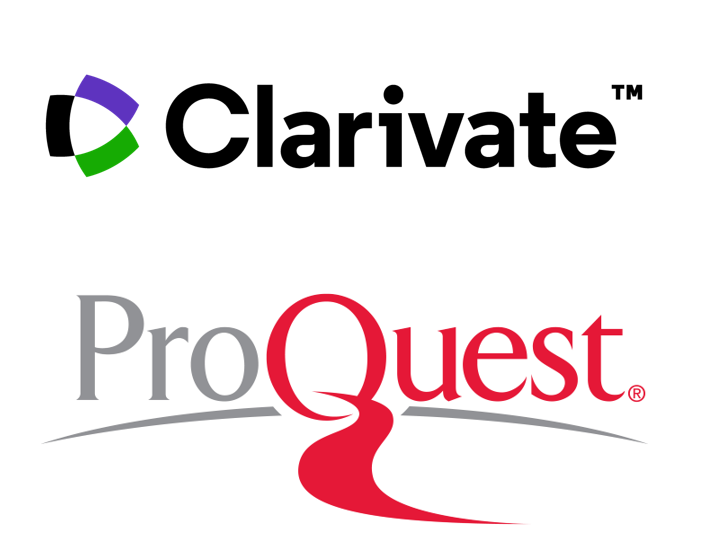Identifying factors of collaboration critical for improving health and safety performance in construction projects: A systematic literature review
DOI:
https://doi.org/10.18820/24150487/as27i2.5Keywords:
construction industry, factors of collaboration, health and safety performance, literature reviewAbstract
Collaboration is key to the success of construction project delivery. Several researchers have realised the importance of collaboration for health and safety (H&S) performance. The construction industry (CI) is affected by poor H&S performance exacerbated by lack of collaboration. The purpose of the article is to conduct a systematic literature review to identify factors of collaboration that will improve H&S performance in CI. A literature review method was adopted; identification test method was used to identify collaboration factors. Using Scopus and Google Scholar, a total of 758 papers were identified. 57 papers were found to be relevant for review through content analysis and were analysed in terms of source and year of publication, research method, country of origin, and research focus. The review identified 11 critical success factors of collaboration: trust, culture, commitment, communication, clear roles and responsibilities, resource/information sharing, mutual goals, conflict resolution, early involvement of key participants, competence, and continual improvement. These factors can influence H&S performance in construction projects. Focusing on these factors can facilitate collaboration, thus improving H&S performance. The limitation of this article is that the literature review covered a period between 2010 to 2019. Searches in other search engines might have provided additional information on collaboration. The findings of this study make way for future research into the impact of collaboration on H&S performance and provide an understanding that H&S performance can be improved by adopting collaboration. The review concludes that CI should adopt collaboration to influence H&S performance.
Downloads
##submission.downloads##
Published
How to Cite
Issue
Section
License

This work is licensed under a Creative Commons Attribution 4.0 International License.
Publishing rights: Copies maybe uploaded to institutional repositories. Disclaimer: Views and opinions expressed in this article are those of the author(s). Publication thereof does not indicate that the Editorial Staff or the University of the Free State accept responsibility for its content.










